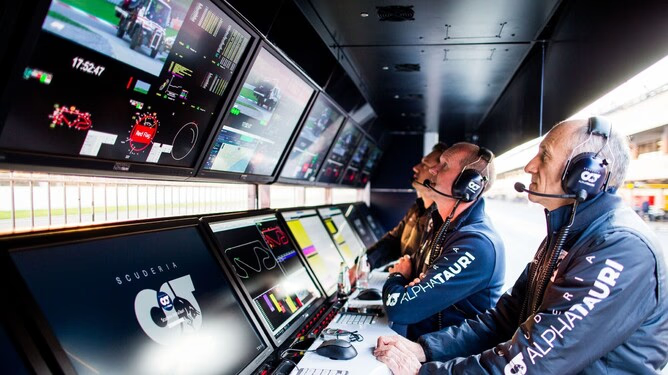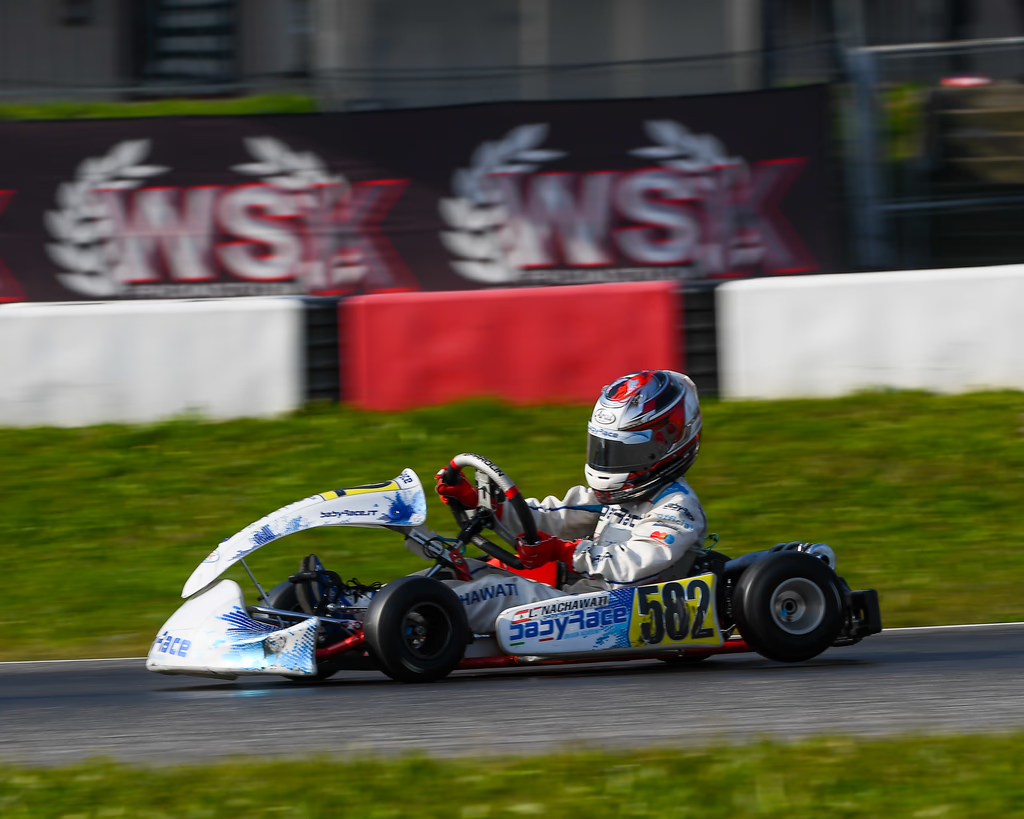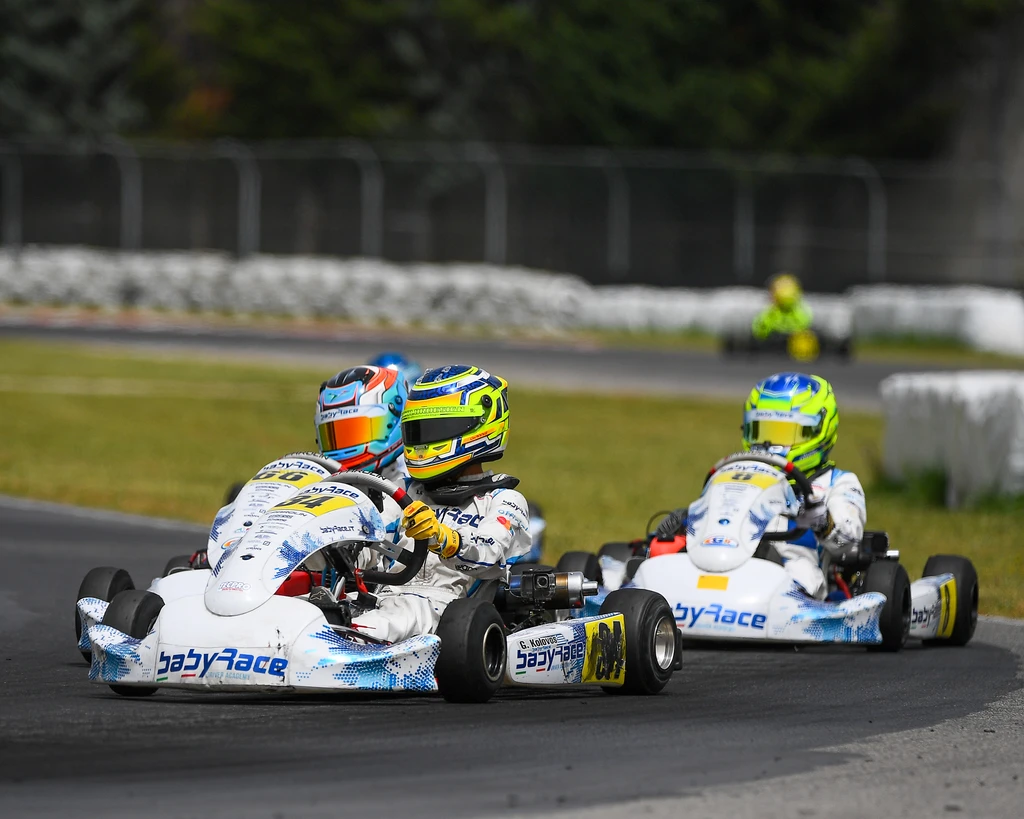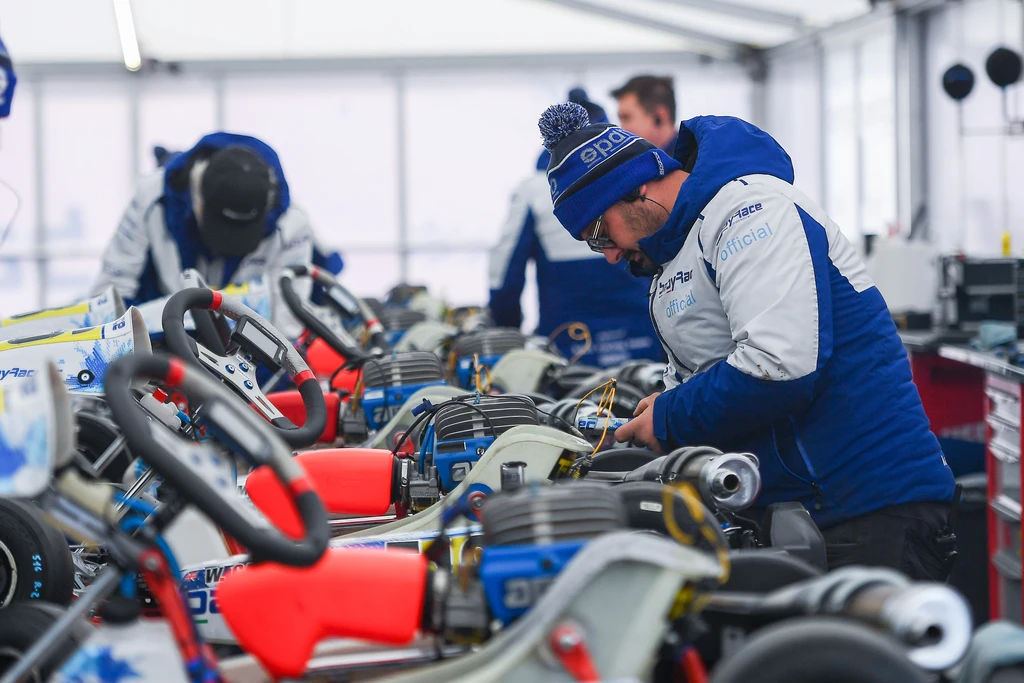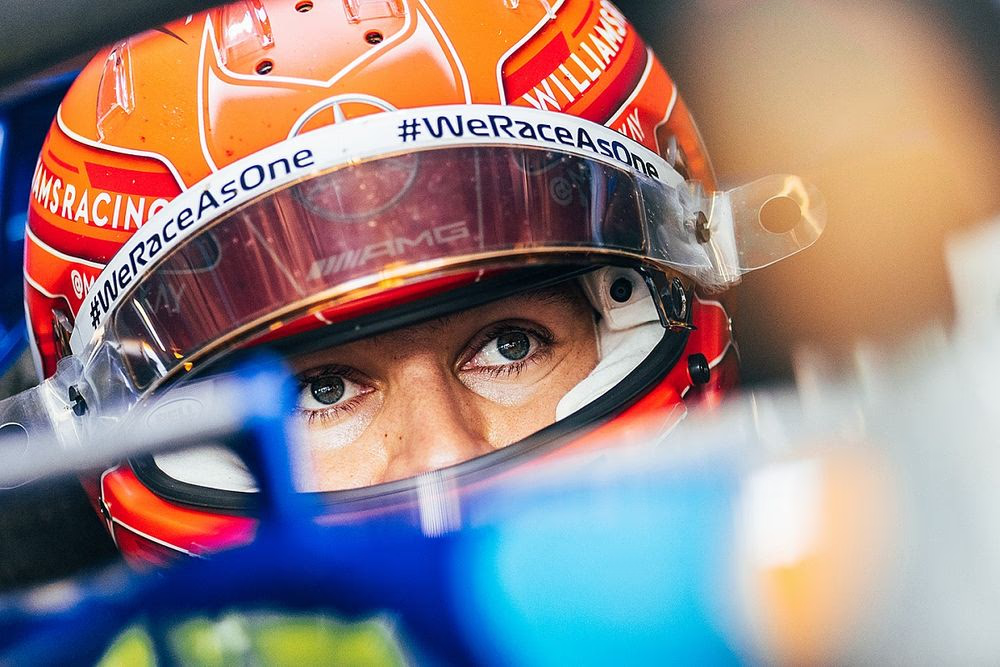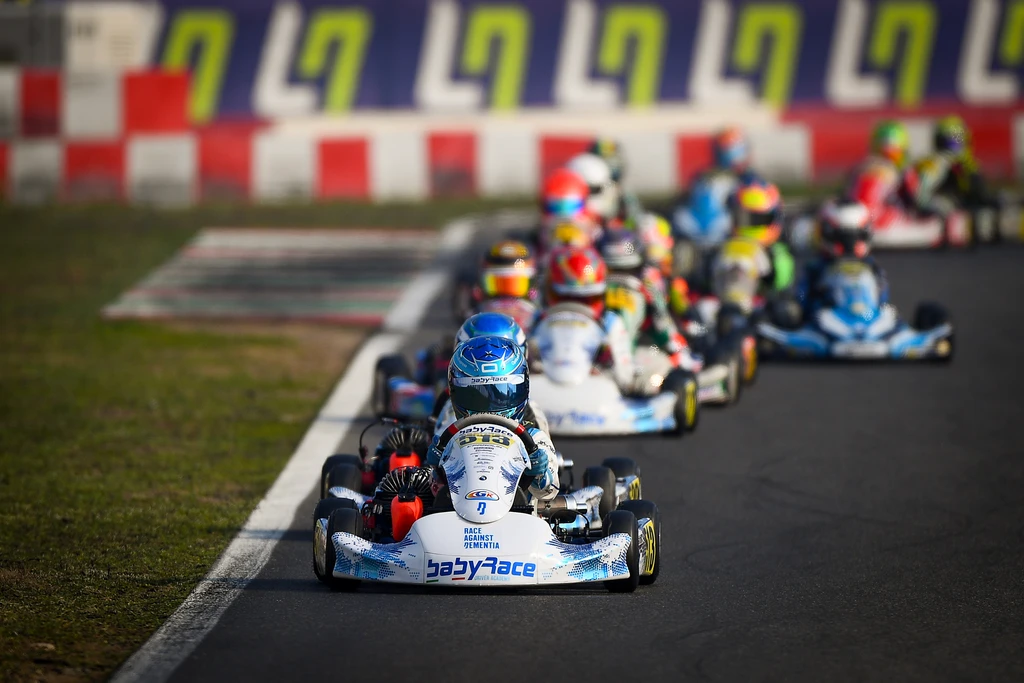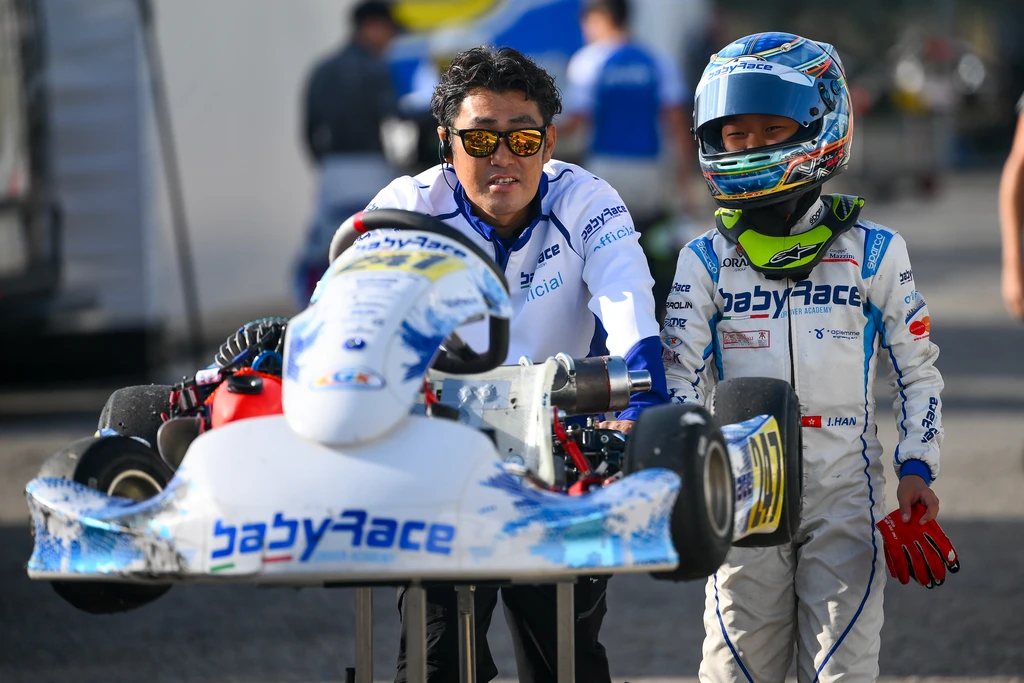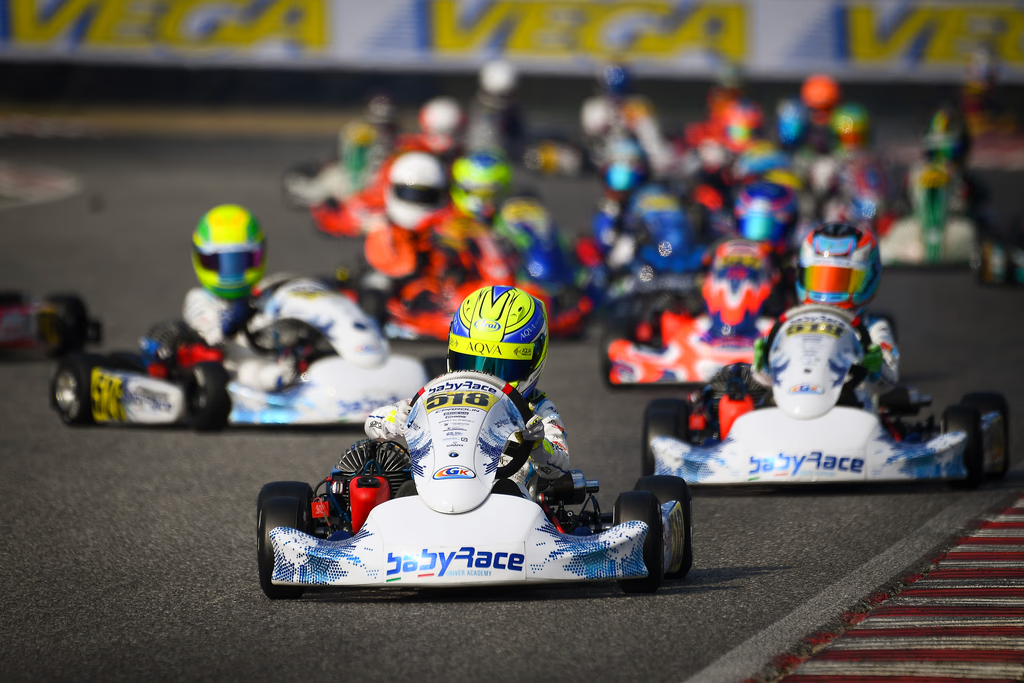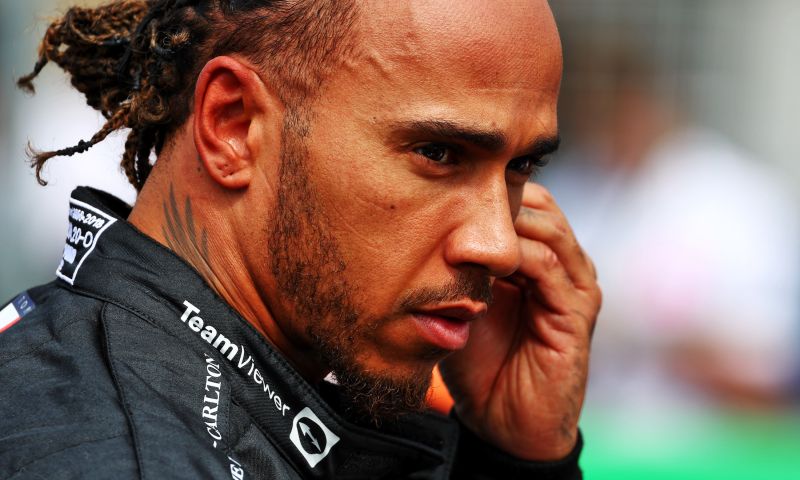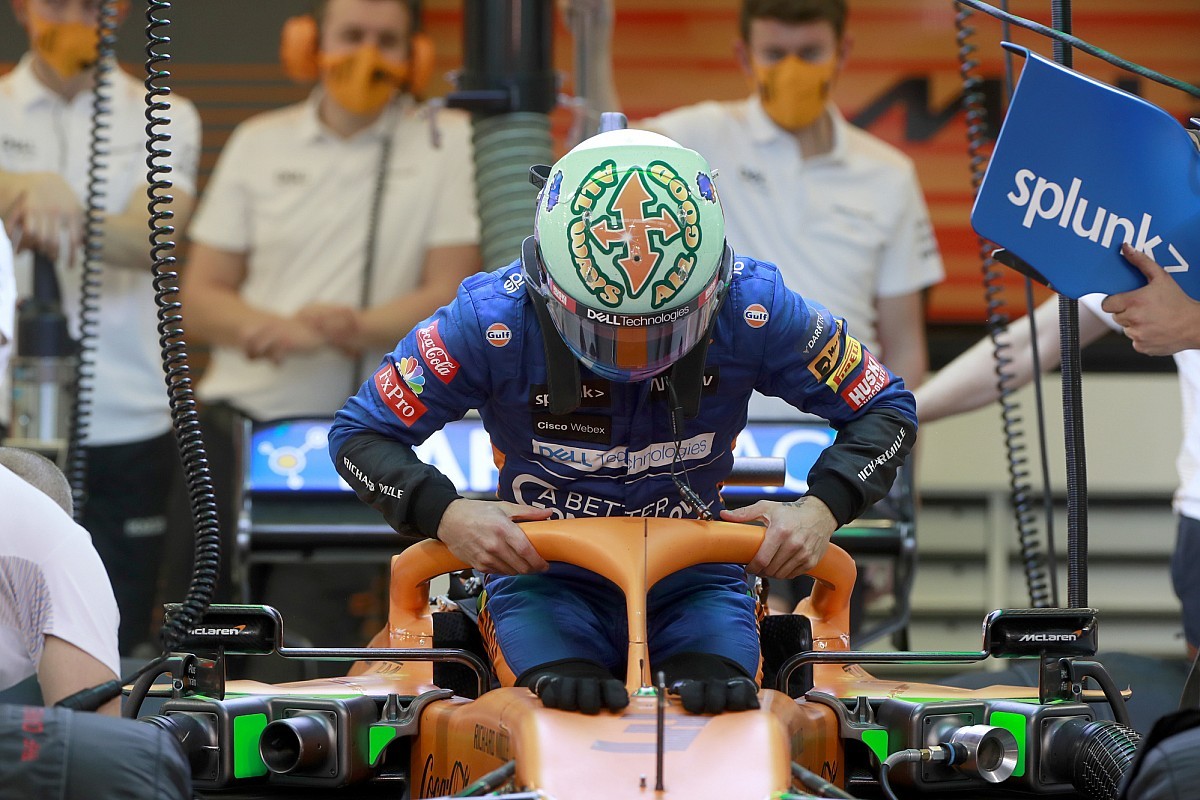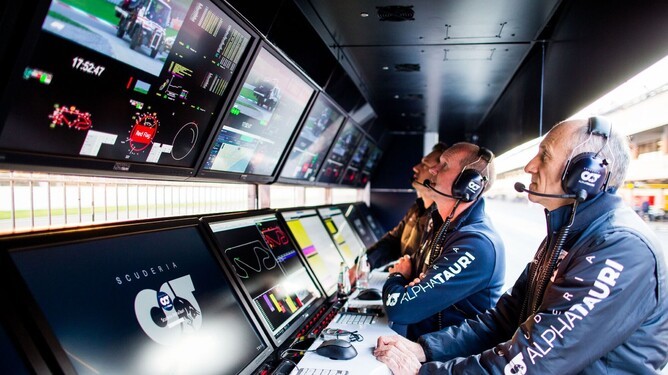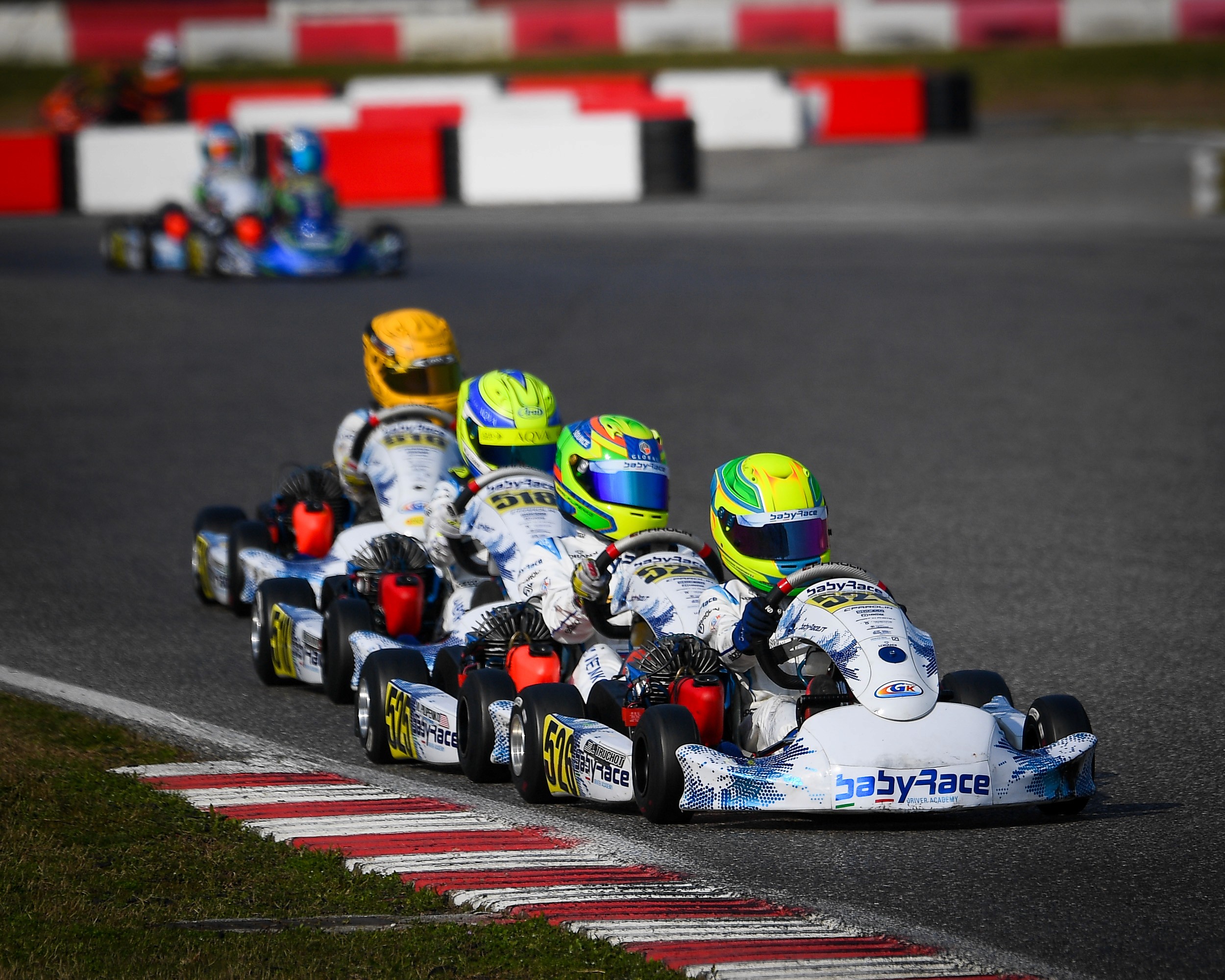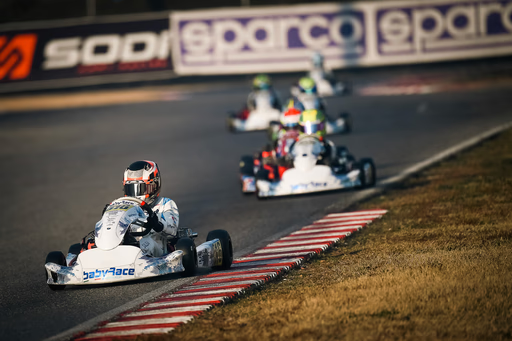Let’s be honest — go-kart racing isn’t cheap. It’s actually one of the most expensive sports out there, right up there with horse racing or sailing.
Especially if you’re serious about going pro, the costs can add up fast.
I’ve been in this world for years, and I’ve seen all the numbers firsthand — whether it’s for a single race or a full season.
So if you’re wondering why it costs so much, here’s a quick breakdown.
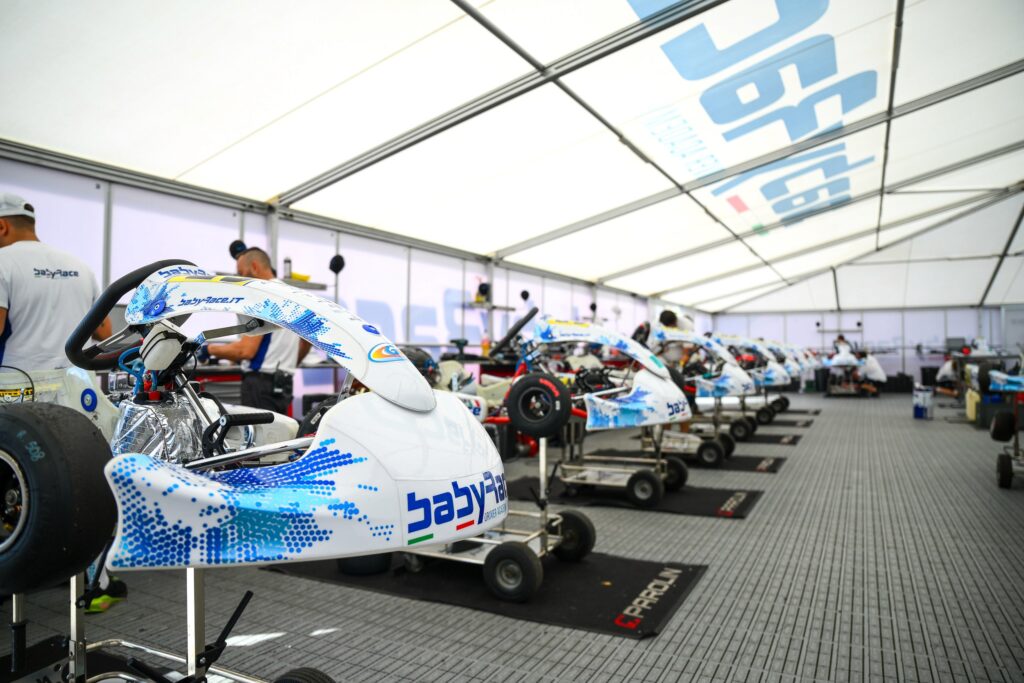
The Main Expenses in Professional Karting
If you’re just renting karts for fun at your local track, then you’re looking at maybe €20 for a 20-minute session. But once you move into proper racing, that changes a lot.
Here’s what you’ll typically have to budget for in professional karting:
- Go-Kart purchase: €5,000 to €7,000 (or more if it’s a shifter kart)
- New tires: Around €220 per set
- Engine rental: Around €1,200 to €1,500 per engine per race
- Mechanic: €200 to €300 per day (plus travel and food)
- Track practice fees: €80 to €100 per day
- Race registration: €500 to €600 per event
- Spare parts, rebuilds, travel, hotels… the list goes on.
And if you’re racing internationally — like in WSK or Champions of the Future — your cost per race weekend can easily hit €10,000 or more.
Annual Costs: How Much Does a Season Cost?
It really depends on how often you race and which team you go with. But to give you an idea:
- Amateur level (racing once a month): €16,000 to €35,000 per year
- Pro level (racing almost every week): €180,000 to €250,000+ per year
Yes, that sounds crazy. But it’s what it takes to run with a top team, race on the best tracks, and have proper support around you.
Why Does It Cost So Much?
Because there are so many things going on behind the scenes. You’re not just paying for a kart — you’re paying for:
- Engine maintenance and rebuilds (every 3-4 days on track)
- New parts after crashes or wear
- Engine tuners and team logistics
- Chassis tuning and upgrades
- Mechanics, coaches, and transport
Plus, just like in Formula racing, every little performance upgrade adds to the cost — and when everyone’s trying to gain a tenth of a second, it all adds up.
Are There Cheaper Options?
Absolutely.
If you just want to enjoy karting and don’t have a massive budget, here are some ways to still race:
- Rental kart leagues: Lower cost, great fun, and still competitive.
- Club-level championships: You can race with your own kart and spend way less.
- Lower-cost engines: Categories like Rotax or IAME are more affordable to run than KZ or OK.
- Build your own kart team: Not easy, but can save money if you’re mechanically skilled.
And remember — you can still go far by being smart. Build a social media presence, attract sponsors, and prove your talent over time.
Final Thoughts
Karting is expensive, no doubt. But it’s also one of the best ways to learn how to race, develop your skills, and potentially build a path toward F4, F3, or even F1.
Not everyone has €200k to spend, and that’s okay. There are ways to start small, learn the ropes, and climb up the ladder. Just don’t give up if you don’t have a huge budget.
Start where you can. Stay consistent. And give it everything you’ve got.
See you on track 🏁
Just Senndit
— Alessio

